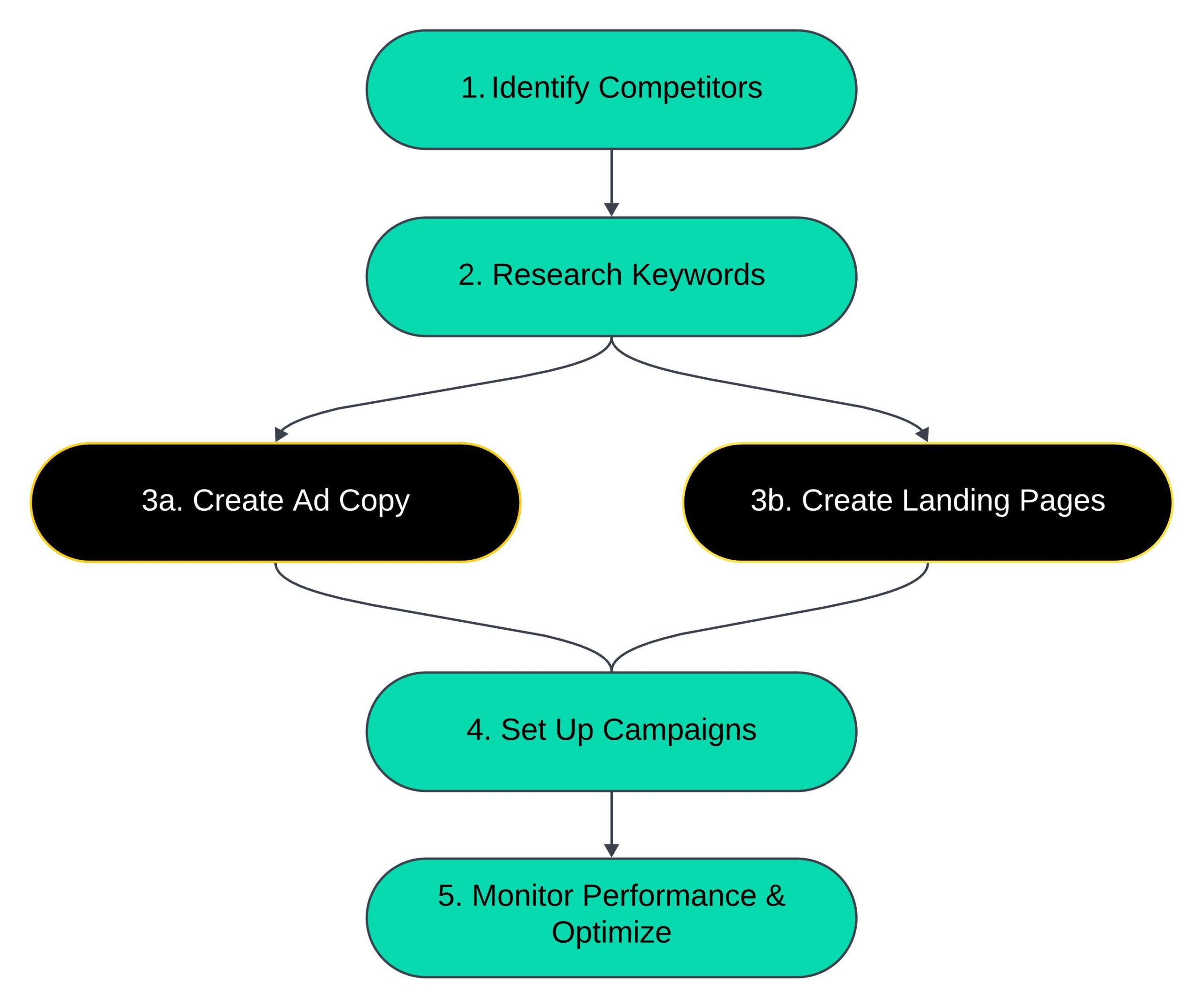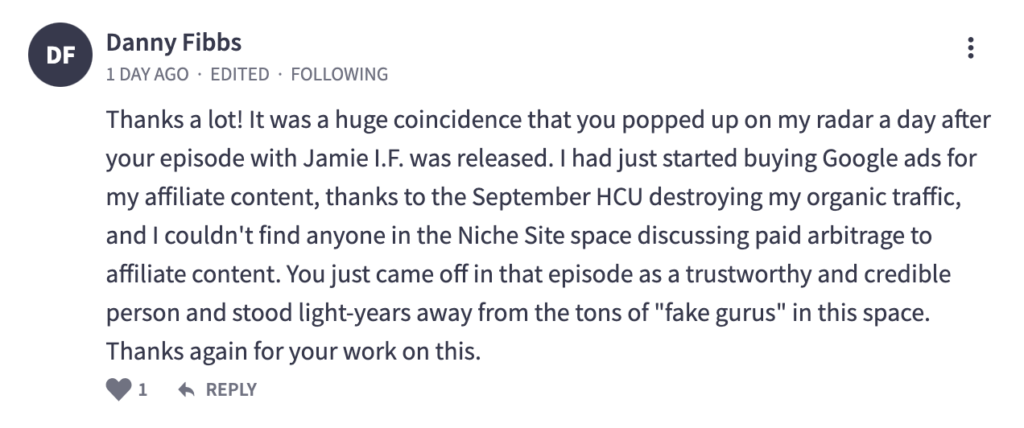Implementing a competitor conquesting campaign goes beyond simply targeting keywords—it requires a strategic approach that aligns with your goals, audience needs, and industry regulations. Whether you’re aiming to attract cost-conscious customers or emphasize unique features, thoughtful execution is key. Here’s how to effectively leverage this strategy:
1. Bid on Competitor Brand Keywords
Start by identifying your competitors’ brand names and related terms to include in your keyword strategy. This ensures your ads appear when users actively search for competitors, placing your brand in front of a highly targeted audience.
Example: If you’re a ride-sharing app, bidding on terms like “Uber alternatives” or “Lyft competitor” can help attract users dissatisfied with those services. For a budget airline, targeting “Delta Airlines deals” might redirect users looking for lower-cost options.
2. Create Relevant Ad Copy
Your ad copy should highlight what makes your brand the better choice. Focus on unique value propositions, such as better pricing, superior features, or exceptional customer service. Avoid using the competitor’s name in the ad text to stay compliant with advertising policies.
Example: A SaaS company competing with Slack might run ads like:
“Streamline Your Team Communication with More Features at Half the Cost!” This approach speaks directly to Slack users by emphasizing value without naming the competitor explicitly.
3. Landing Pages that Address Competitor Comparisons
Direct users to landing pages specifically designed to compare your offerings against those of competitors. Use clear visuals, honest data, and testimonials to emphasize why your product is the superior choice. This helps users in the consideration phase make an informed decision.
Example: A fitness equipment company competing with Peloton might create a landing page titled:
“Peloton vs. [Your Brand]: Compare Features, Pricing, and Value.” Include side-by-side comparisons of bike features, subscription costs, and customer reviews to clearly communicate the advantages of your product.
4. Compliance with Policies
Ensure your campaigns align with legal and platform guidelines to avoid trademark violations. Focus on your brand’s strengths rather than directly attacking competitors. Research advertising rules for platforms like Google Ads, Facebook, and LinkedIn, and consult legal experts when necessary.
Example: If you’re targeting competitor keywords on Google, ensure your ad text reads:
“Affordable Alternatives to [Category/Feature]—Discover [Your Brand]!” Avoid phrases like “Better than [Competitor Name]” as they might breach platform rules or trigger trademark complaints.





